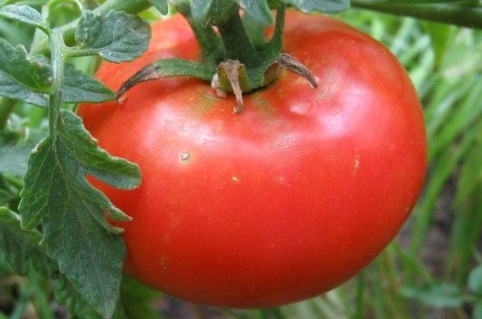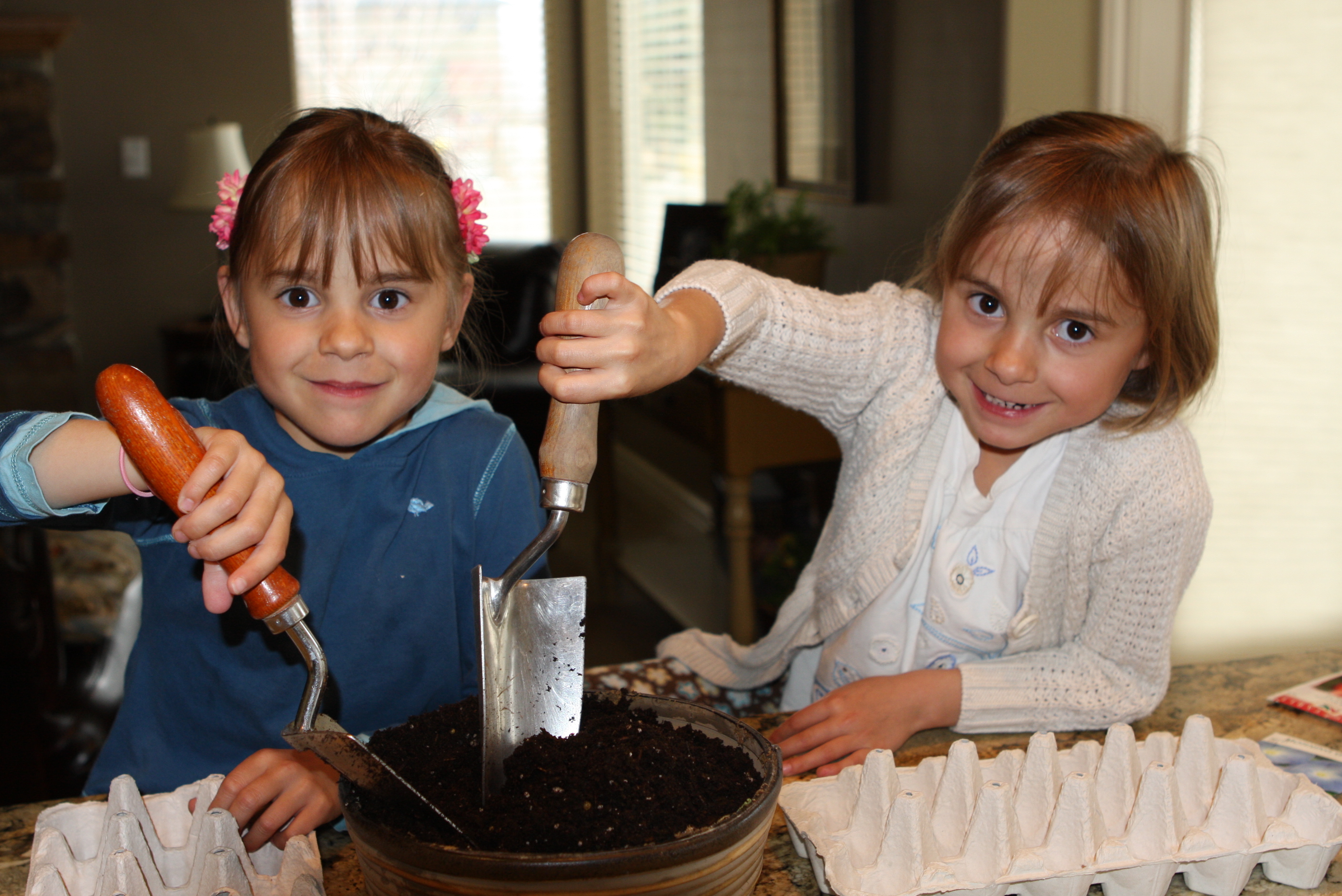The Early Bird Gets the Tomato

There are few things I look forward to more than the first tomatoes from my garden. They are a bit of an obsession. Drew and I love to eat them with salt and pepper and cottage cheese, or sliced on…

There are few things I look forward to more than the first tomatoes from my garden. They are a bit of an obsession. Drew and I love to eat them with salt and pepper and cottage cheese, or sliced on…

“Making it Do” means looking at everything differently. Instead of just throwing something into the recycling bin or the garbage, I ask myself… Could this be used for something else? I am amazed how often the answer is YES when…